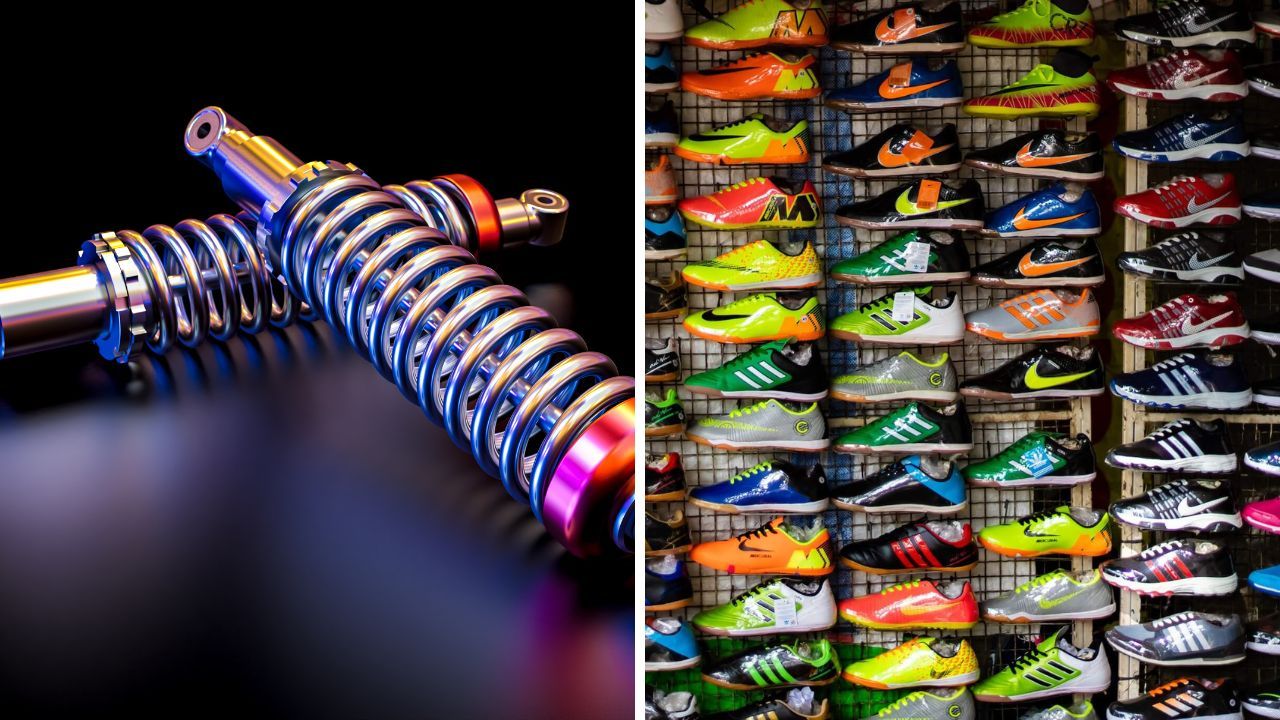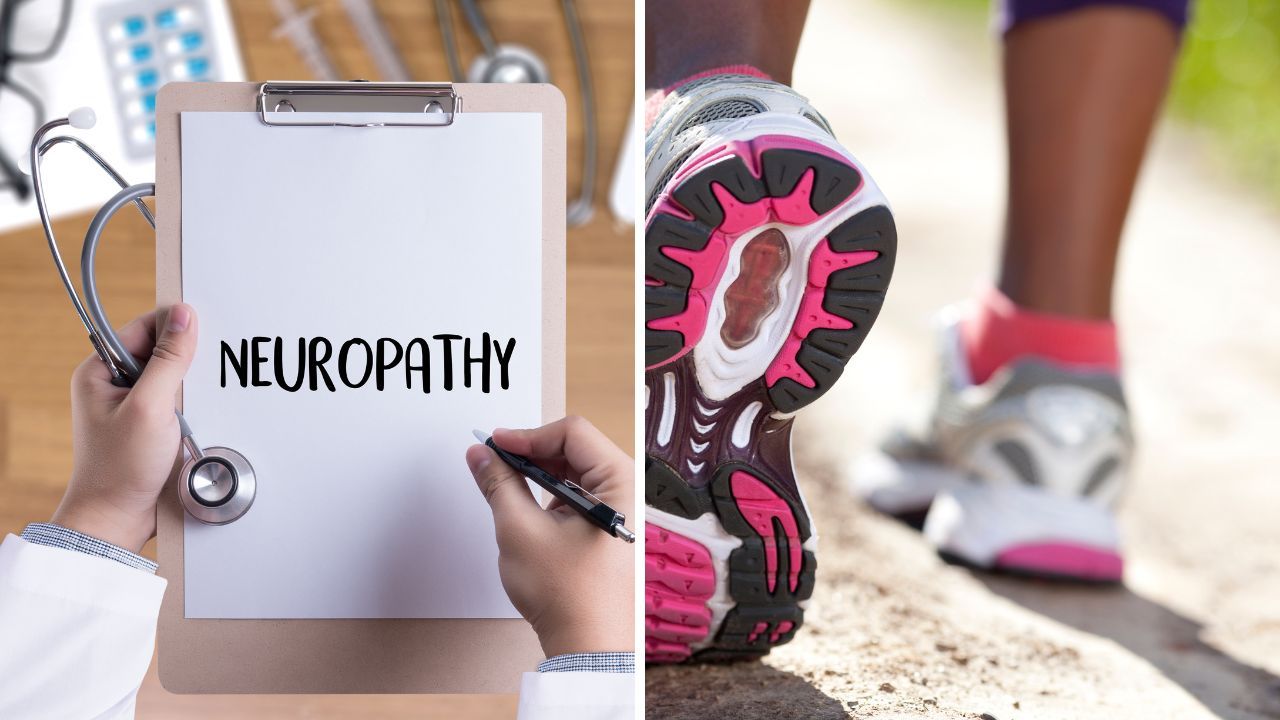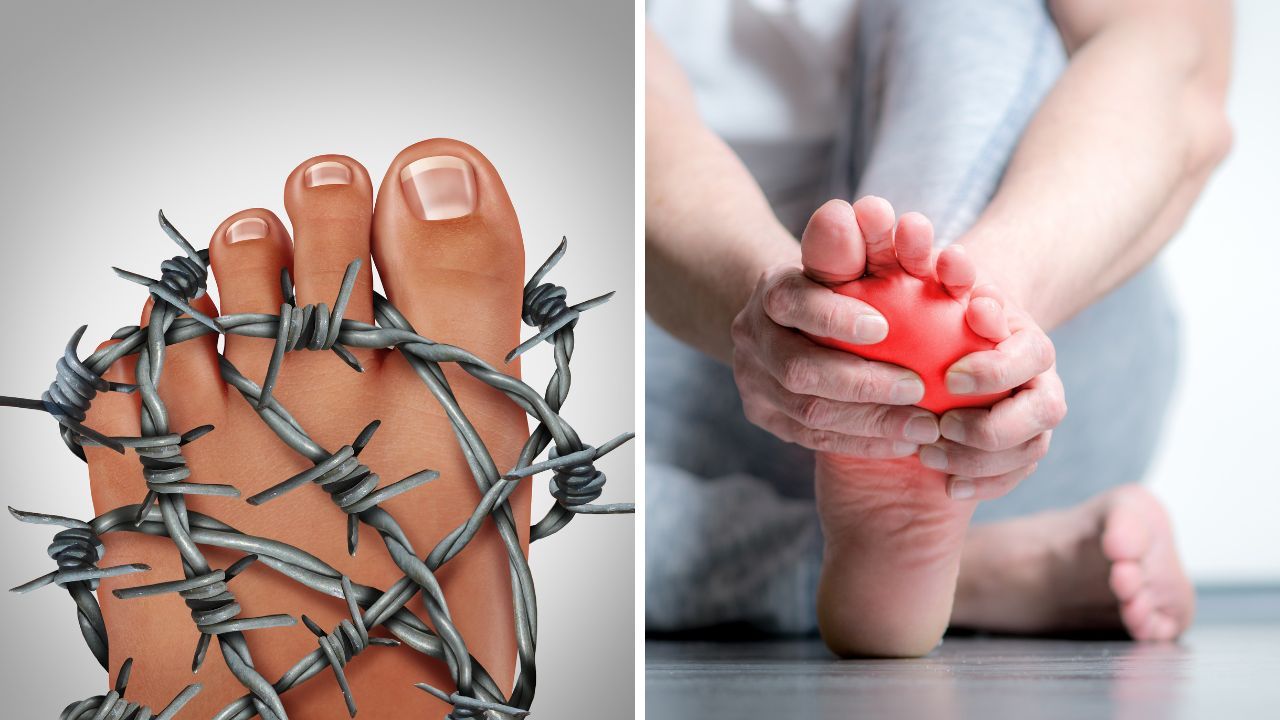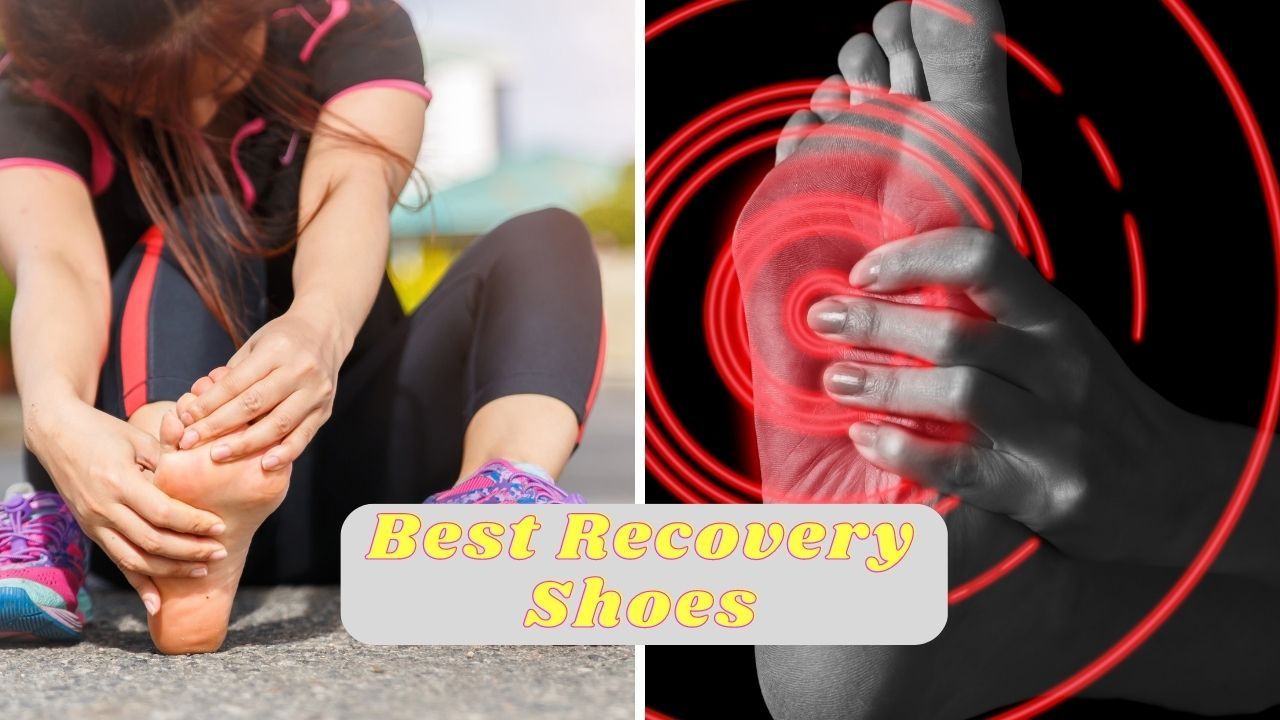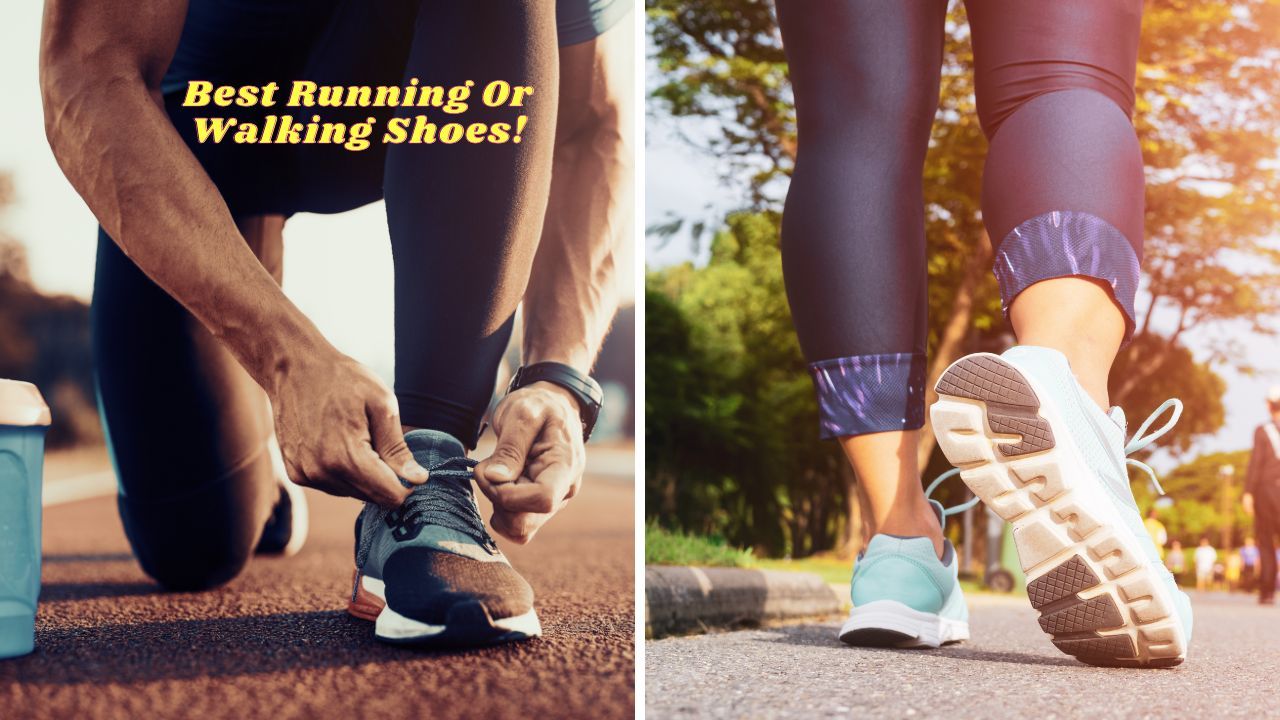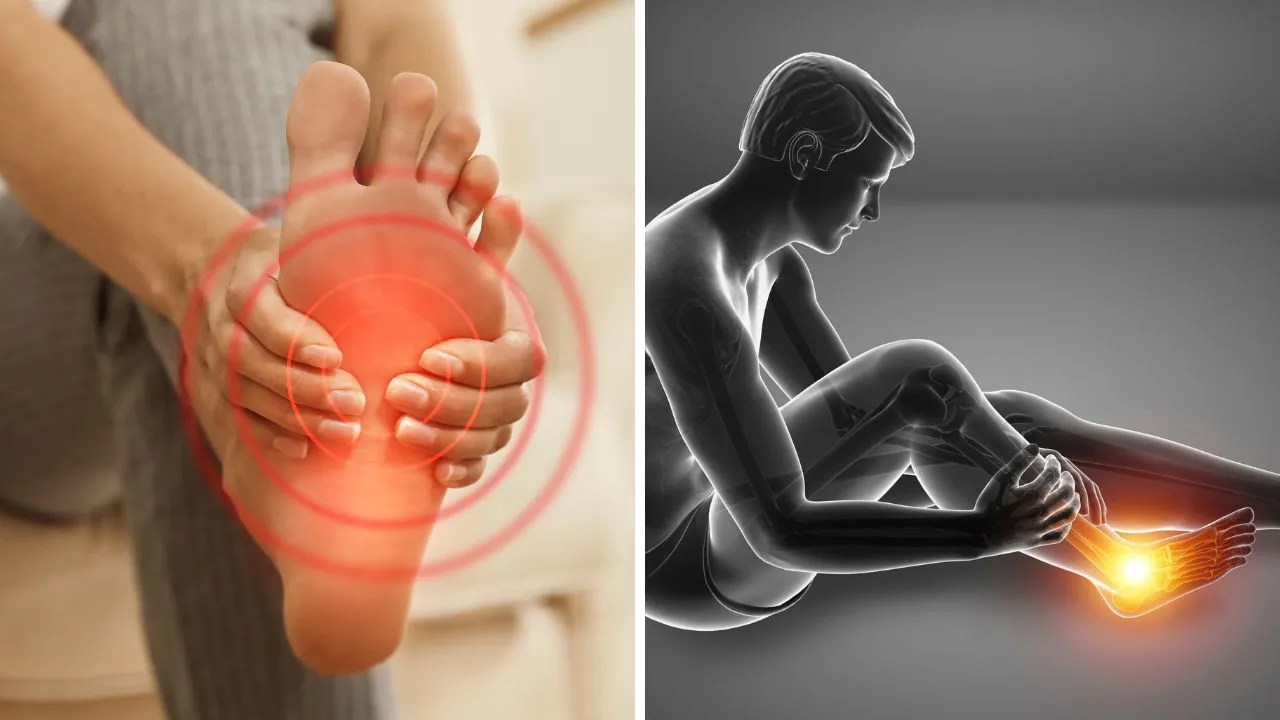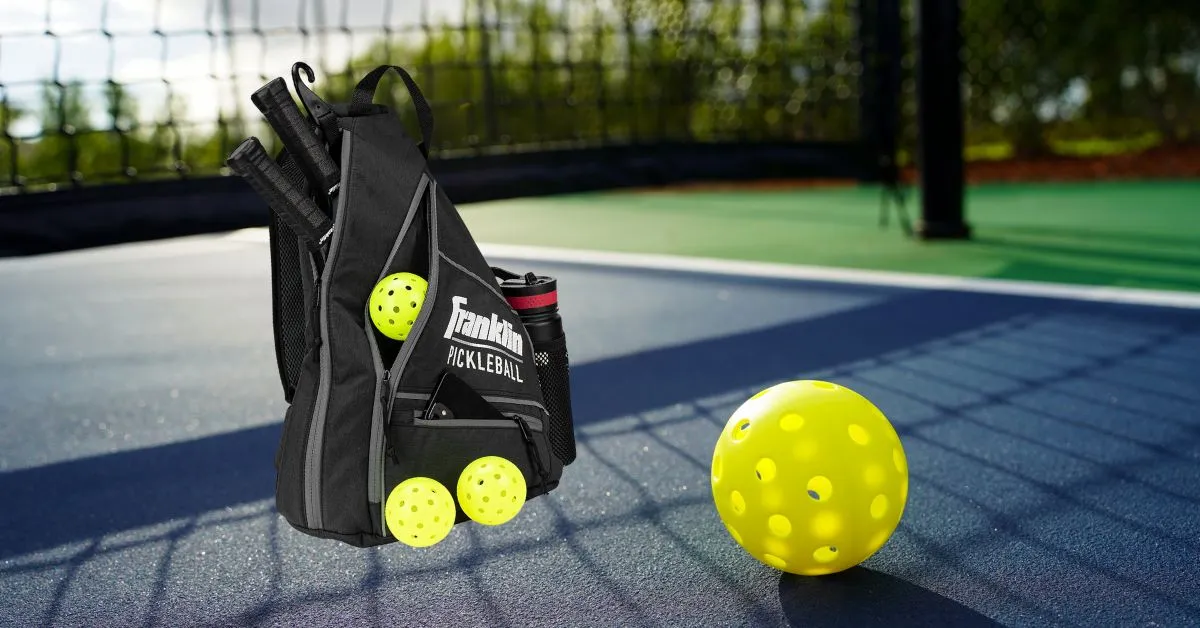Table of Contents
Suffering from plantar fasciitis can be an overwhelming and painful experience, but did you know that many common mistakes and misguided practices can worsen the condition, prolong recovery, or even cause further damage? Discover what not to do with plantar fasciitis, how to avoid these pitfalls, choose the right footwear and support, and the importance of seeking professional help to ensure the best possible outcome in your battle against this debilitating condition.
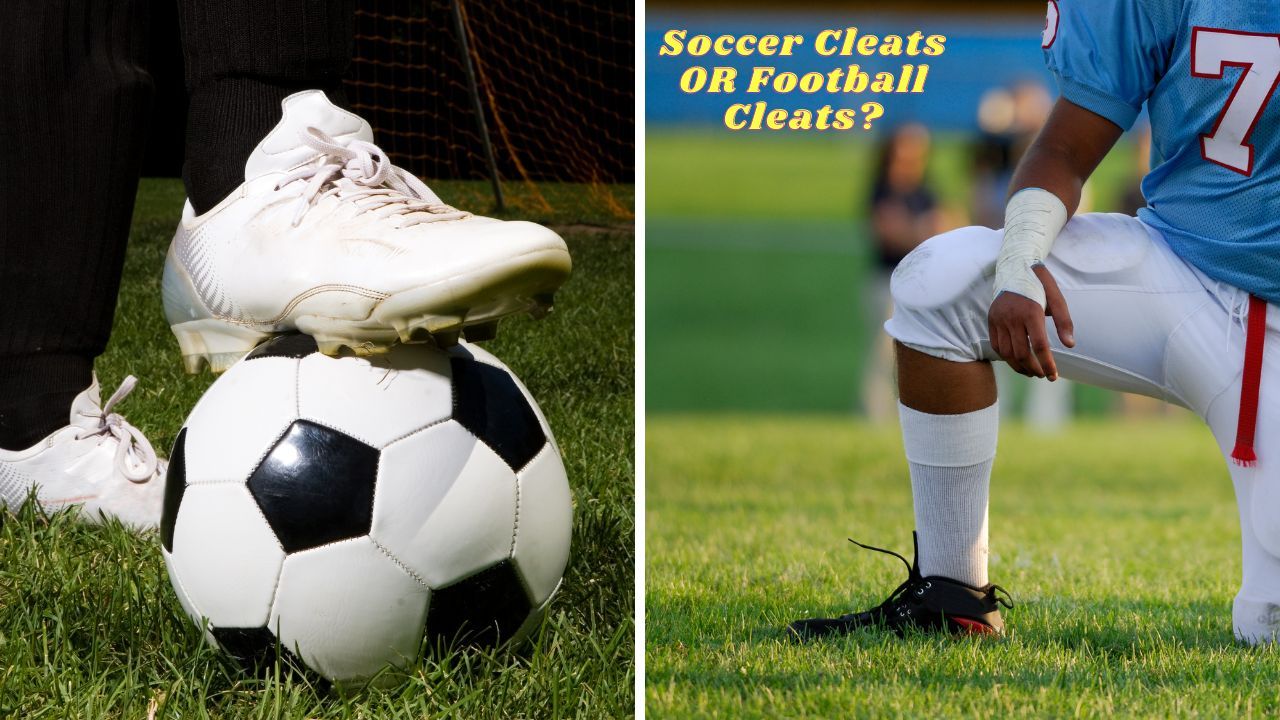
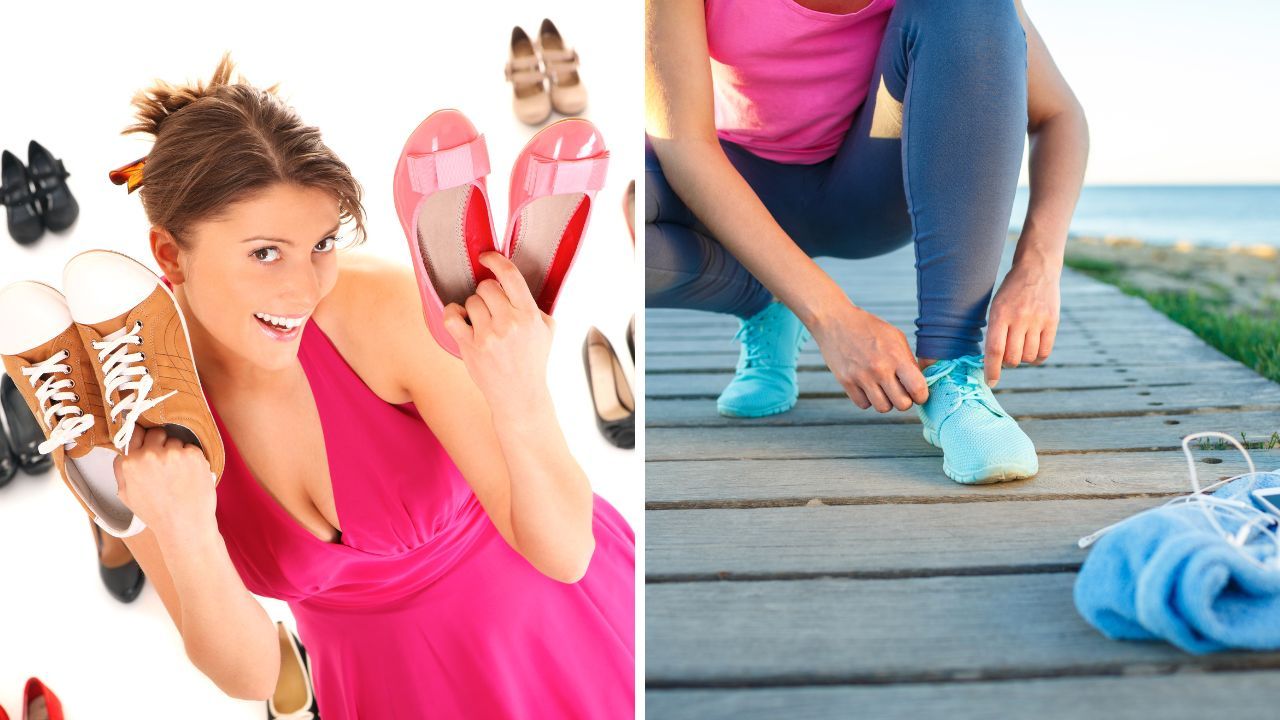

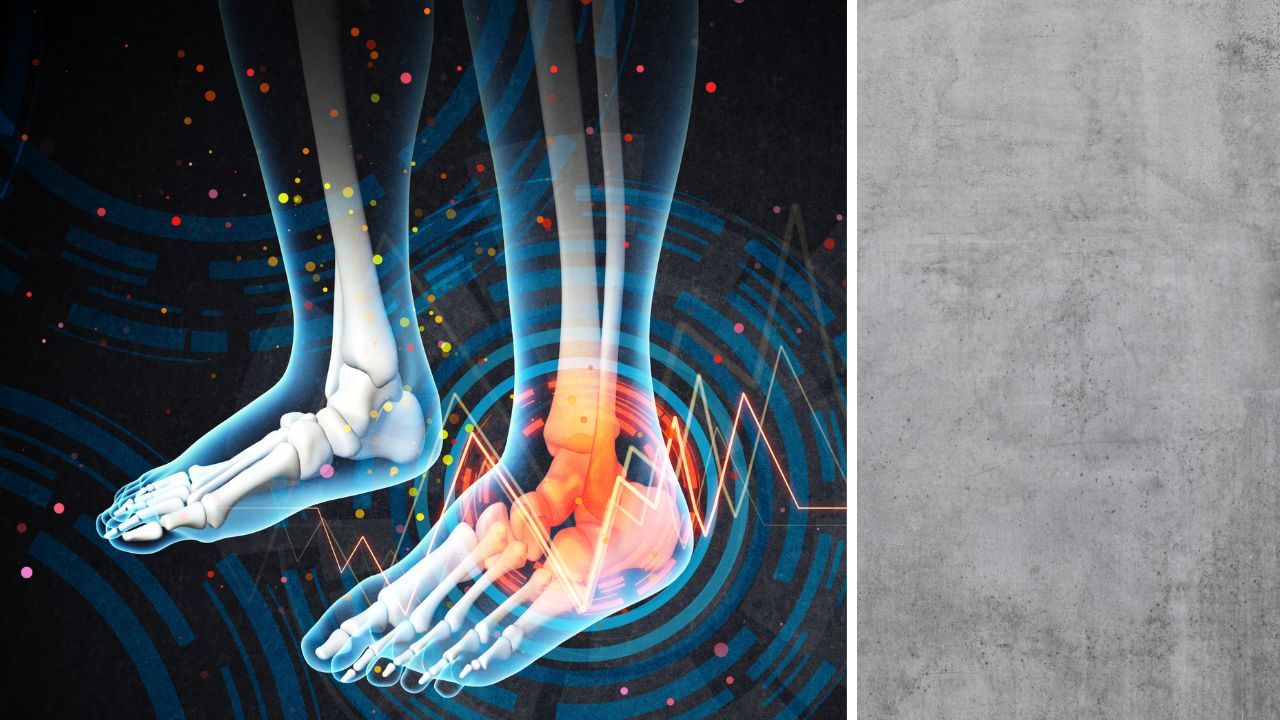

The Lowdown
- Avoid common triggers of plantar fasciitis such as excess weight, prolonged standing or sitting, and inappropriate footwear.
- Mistakes to avoid during recovery include ignoring your pain signals, skipping stretches and exercises, and neglecting rest & recovery time.
- Seek professional help for a tailored treatment plan & regular progress monitoring for successful recovery from plantar fasciitis.

With detailed and rigorous research, we provide our readers with the finest recommendations. Our recommendations are our opinions. Our cause is backed by reader support- for every click made through one of our affiliates links, a commission may be earned at no extra expense to you! As an Amazon Associate, Reviewsopedia may earn a commission from qualifying purchases. Thank you and enjoy!
Avoiding Common Plantar Fasciitis Triggers
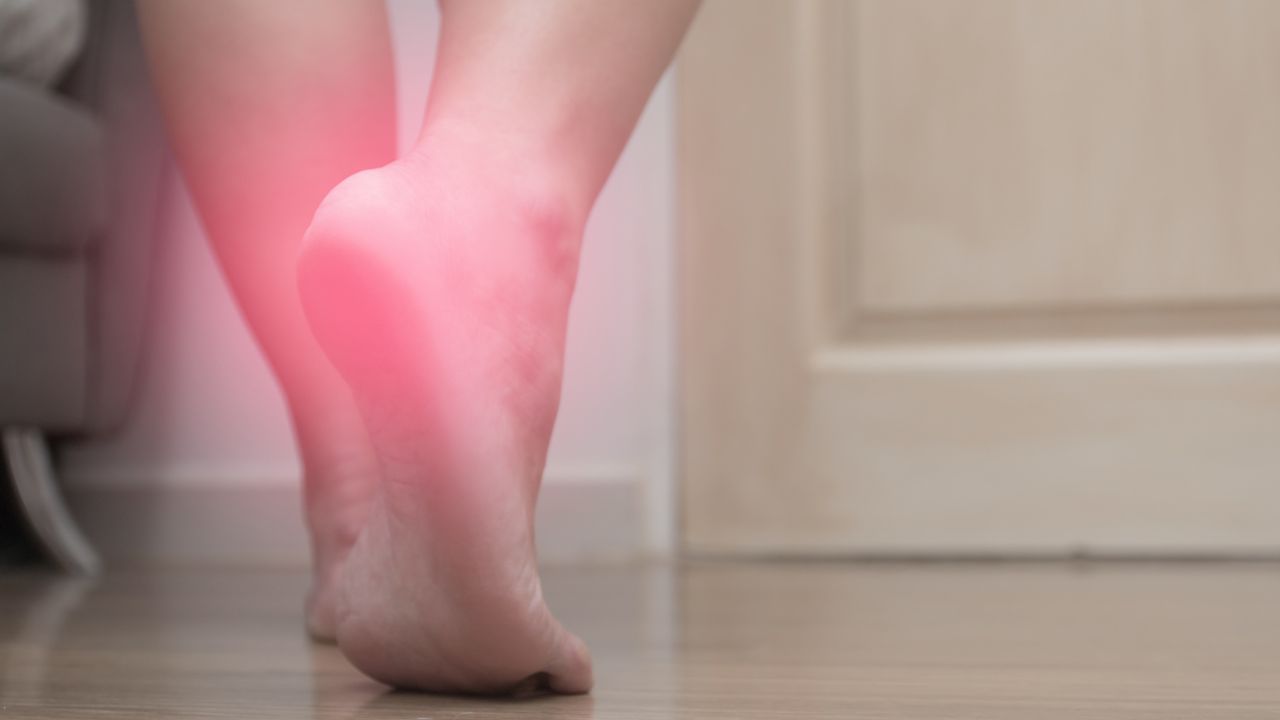
When it comes to managing plantar fasciitis, prevention is just as important as treatment. Being aware of common triggers and taking proactive steps to avoid them can significantly reduce the risk of developing or exacerbating this painful condition.
In this section, we'll delve into three main triggers that you should be mindful of to keep plantar fasciitis at bay: excess weight, prolonged standing or sitting, and inappropriate footwear. Understanding these triggers and implementing strategies to avoid them can make a world of difference in managing plantar fasciitis pain and promoting healing.
Let's explore each trigger in more detail and learn practical ways to minimize their impact on your foot health.
Excess Weight
Carrying excess weight can put a tremendous strain on your feet, particularly on the plantar fascia - the thick band of tissue connecting your heel bone to your toes. This added pressure can lead to microtears and inflammation, increasing your risk of developing plantar fasciitis or worsening the existing condition.
So, what can you do to minimize this risk? One of the most effective ways to reduce the strain on your plantar fascia is to maintain healthy body weight. Incorporating low-impact activities, such as swimming or cycling, into your routine can help with weight management while putting less stress on your feet.
Additionally, stretching before activities that place strain on the feet and strengthening the calf muscles, Achilles tendon, and the soles of the feet can be beneficial in preventing or delaying the onset of plantar fasciitis.
Prolonged Standing or Sitting
Did you know that remaining in one position for extended periods, either standing or sitting, can contribute to plantar fasciitis? Standing on hard surfaces like asphalt or concrete for a long time can wear down the plantar fascia, increasing the risk of developing this painful condition.
To prevent plantar fasciitis from prolonged sitting or standing, take regular breaks and vary your posture throughout the day. If your job requires standing for extended periods, consider using a cushioned mat or investing in a slant board - a tool designed to stretch the calf muscles and aid in the treatment of plantar fasciitis. You can easily find an adjustable slant board on Amazon or other online retailers.
Inappropriate Footwear
The kind of shoes you wear can make a difference with your plantar fasciitis. Shoes like flip-flops, ballet flats, and slip-on shoes do not have enough cushioning or arch support which can make the condition worse. High heels and other shoes without arch support are even worse for it.
To prevent plantar fasciitis, choose shoes that provide proper arch support and shock absorption. Avoid footwear that lacks adequate support, such as flip-flops, flats, or high heels, and opt for shoes designed specifically for plantar fasciitis or those with good cushioning and arch support.
Your feet will thank you for it!
Mistakes to Avoid During Plantar Fasciitis Recovery
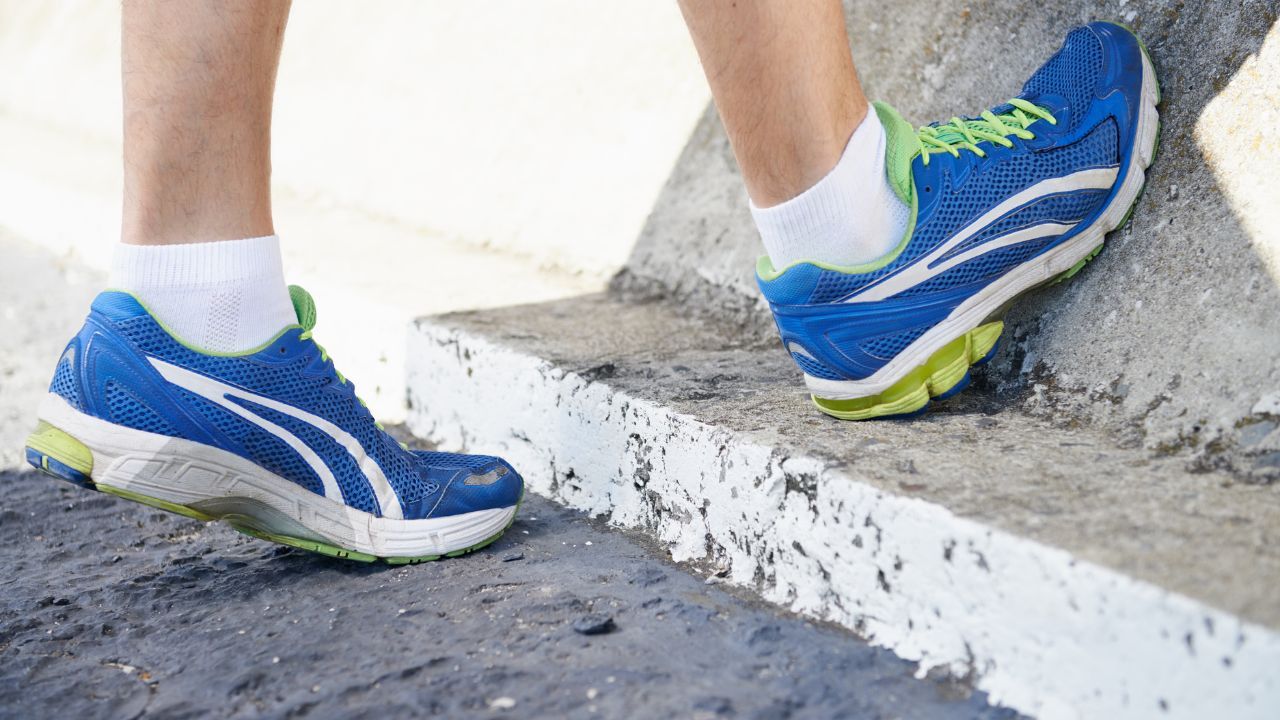
As you work towards recovery from plantar fasciitis, it's crucial to avoid certain mistakes that could hinder your progress or even cause further harm. In this section, we'll discuss three key mistakes to avoid during your recovery journey: ignoring pain signals, skipping stretches and exercises, and neglecting rest and recovery time.
By addressing these common mistakes, you can help promote healing, minimize the risk of re-injury, and ultimately achieve a faster and more successful recovery. Let's examine each mistake in more detail to better understand the potential consequences and learn how to avoid falling into these pitfalls.
Ignoring Pain Signals
Pain is your body's way of signaling that something is wrong, so it's essential to pay attention to these signals during your plantar fasciitis recovery. If you ignore the pain in your body, it can cause bigger problems. Your body will try to move differently to avoid the pain, which can lead to knee, hip, and back issues.
If you experience pain during your recovery, stop the activity causing the discomfort and give your body time to rest and heal. It's also crucial to seek professional help if pain persists, as they can identify the source of the pain and develop a tailored treatment plan to facilitate healing.
Remember, ignoring pain signals can do more harm than good!
Skipping Stretches and Exercises
Stretches and exercises are vital components of plantar fasciitis recovery, as they can help improve flexibility, reduce heel pain, and strengthen the supporting muscles in your foot. Skipping these important steps in your recovery can lead to persistent irritation and inflammation, prolonging the healing process and increasing the risk of re-injury.
To avoid these setbacks, make sure to follow your healthcare professional's recommendations for stretches and exercises tailored to your specific needs. Consistency is key, so try to incorporate these activities into your daily routine to ensure the best possible outcome for your recovery.
Neglecting Rest and Recovery Time
Rest and recovery play a critical role in the healing process for plantar fasciitis. Neglecting this essential aspect of your recovery can lead to chronic heel pain, hinder your ability to perform regular activities, and prolong the healing process.
To avoid these negative outcomes, make sure to give your body the rest it needs to heal properly. This may include modifying your daily activities, reducing your exercise intensity, or taking more frequent breaks throughout the day. By prioritizing rest and recovery, you can help ensure a successful and timely recovery from plantar fasciitis.
Ineffective Treatment Methods to Steer Clear Of

While there are many effective treatments for plantar fasciitis, some methods can do more harm than good. In this section, we'll explore three ineffective treatment methods that you should steer clear of during your recovery: overuse of painkillers, aggressive stretching and massage techniques, and unsupported DIY remedies.
By avoiding these potentially harmful treatments, you can focus on the proven methods that will help promote healing and alleviate your plantar fasciitis pain. Let's take a closer look at each ineffective treatment method and learn why they should be avoided.
Overuse of Painkillers
While painkillers can provide temporary relief from the pain associated with plantar fasciitis, relying on them too heavily can lead to dependency and mask the underlying issue. Over-the-counter painkillers, such as non-steroidal anti-inflammatory drugs (NSAIDs), can cause side effects like stomach pain, heartburn, and nausea. Additionally, corticosteroid injections may be associated with a high risk of plantar fascia rupture and other complications.
Instead of overusing painkillers, consider exploring alternative pain management techniques, such as ice therapy, gentle stretching, and physical therapy. These methods can help address the root cause of your pain and promote long-term healing.
Aggressive Stretching and Massage Techniques
While gentle stretching and massage can be beneficial for plantar fasciitis recovery, aggressive techniques can worsen the condition and cause further damage. Forceful massage can lead to increased pain, irritation, and even bruising and nerve damage.
Instead, opt for gentle, controlled stretching and massage techniques that focus on improving flexibility and reducing pain. Seek guidance from a healthcare professional or physical therapist to ensure that you're performing these techniques correctly and safely.
Unsupported DIY Remedies
Attempting to self-treat plantar fasciitis with unsupported DIY remedies can lead to a worsening of the condition and increased pain. While some home remedies, such as ice packs and heating pads, may provide temporary relief, they do not address the root cause of the problem.
Instead of relying on unsupported DIY treatments, it's crucial to seek professional help for an accurate diagnosis and tailored treatment plan. This approach will ensure that you receive the most effective treatments for your specific needs and symptoms, ultimately leading to a more successful and timely recovery.
Choosing the Right Footwear and Support
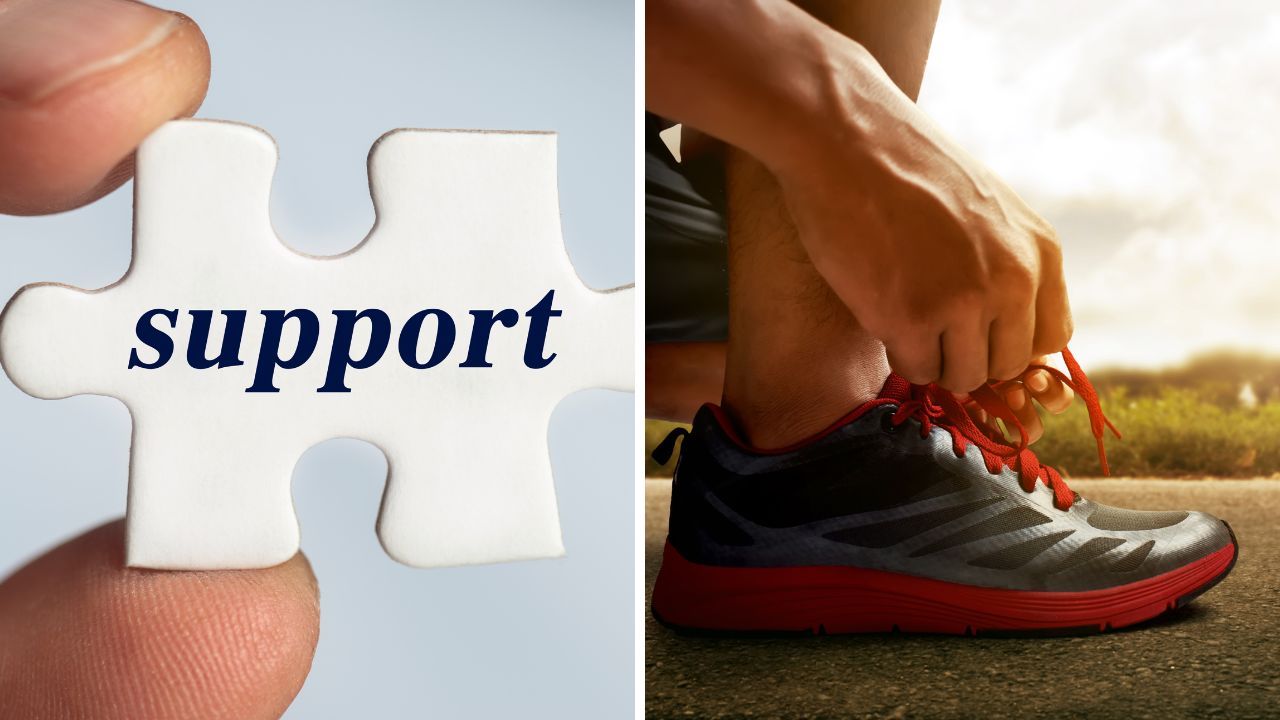
Selecting the right footwear and support can make all the difference when it comes to managing plantar fasciitis pain and promoting healing. In this section, we'll discuss the key aspects to consider when choosing footwear and support for your feet, including arch support, cushioning, and shock absorption, as well as orthotics and insoles.
By understanding the importance of these features and knowing what to look for, you can ensure that your feet are properly supported and protected, ultimately reducing your risk of developing or exacerbating plantar fasciitis.
Shoe Features to Look For
When choosing the right footwear for plantar fasciitis, it's crucial to look for shoes that offer good arch and heel support, a rigid sole, cushioning in the midfoot, and a firm heel counter. These features are essential for providing stability and cushioning to the foot, helping to alleviate strain on the plantar fascia and reduce pain.
Additionally, consider the rigidity of the sole, as increased rigidity helps to reduce foot flexing and pressure on the plantar fascia. Cushioning in the midfoot and a firm heel counter offer further support and stability for your feet, assisting in the prevention and management of plantar fasciitis.
Orthotics and Insoles
In addition to selecting the right footwear, orthotics and insoles can provide extra support and cushioning to help alleviate plantar fasciitis pain. Custom orthotics and over-the-counter insoles can offer additional support for your foot's arch and help to distribute pressure more evenly across the foot.
When considering orthotics and insoles, it's important to choose products that are specifically designed for your foot type and condition. Brands like Superfeet offer cost-effective, high-quality insoles that can be easily incorporated into your existing footwear.
Consult with a healthcare professional or physical therapist for recommendations on the best orthotics and insoles for your needs.
When to Replace Worn-Out Shoes
Worn-out shoes can contribute to plantar fasciitis by providing inadequate support and cushioning for your feet. To ensure your feet remain properly supported, it's important to recognize the signs of worn-out shoes and replace them when necessary. Indicators of worn-out shoes include excessive wear, visible wear and tear, thinning of the outsoles, discomfort while wearing them, and increased pain during workouts.
Replacing worn-out shoes is essential for maintaining proper foot support and preventing further strain on the plantar fascia. Make it a priority to keep an eye on the condition of your footwear and invest in new shoes when needed to ensure your feet receive the support they need to heal and prevent plantar fasciitis.
The Importance of Seeking Professional Help
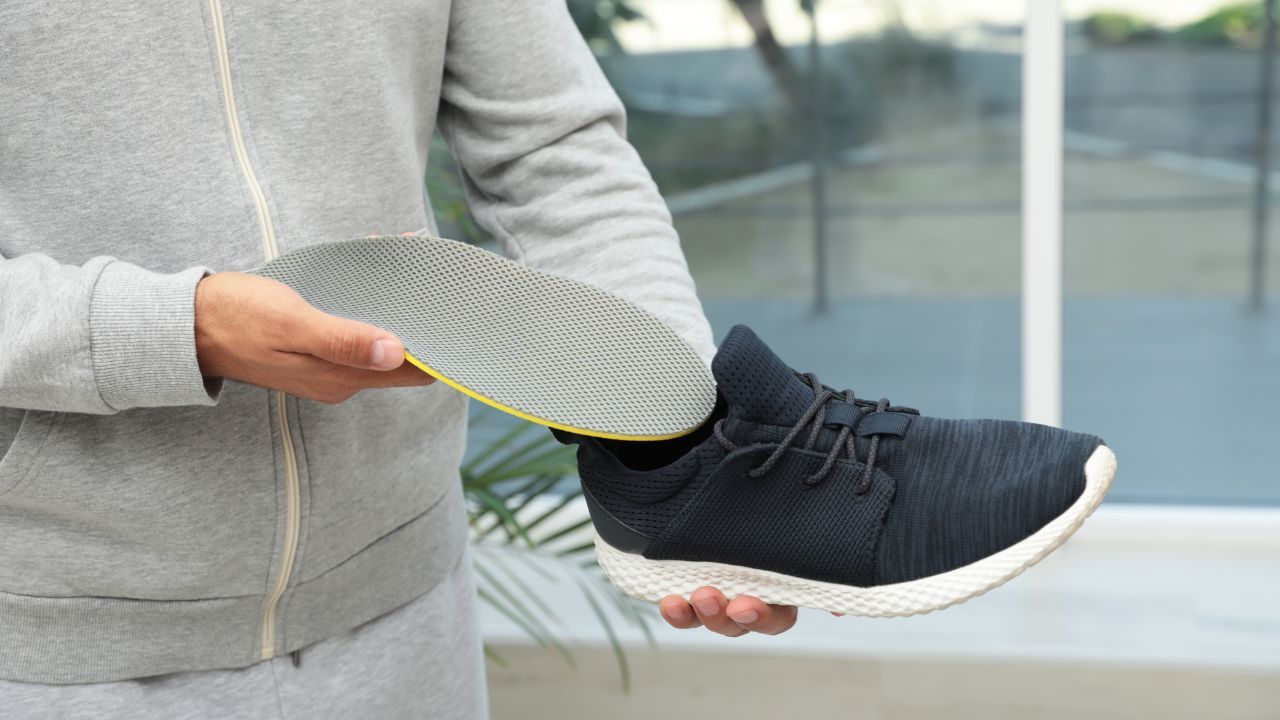
When dealing with plantar fasciitis, it's crucial to seek professional help to ensure an accurate diagnosis and the most effective treatment plan. In this section, we'll discuss the importance of seeking professional help, including the benefits of early intervention, customized treatment plans, and monitoring progress.
By consulting with a healthcare professional or physical therapist, you can ensure that your plantar fasciitis is treated effectively and efficiently, ultimately leading to a faster and more successful recovery.
Early Intervention
Initiating treatment for plantar fasciitis early can help prevent the condition from worsening, increase the likelihood of a full recovery, and reduce overall pain. Effective treatments for plantar fasciitis include stretching exercises, physical therapy, and icing.
Seeking professional help early in your recovery can help you access these treatments and address the root cause of your pain, ultimately leading to more effective pain management and recovery.
Customized Treatment Plans
One of the main benefits of seeking professional help for plantar fasciitis is the ability to receive a customized treatment plan tailored to your specific needs and symptoms. This can lead to improved mobility, decreased discomfort, and increased flexibility.
Physical therapy screenings are an effective method for evaluating your condition and addressing heel pain and other issues through exercise, massage, and manipulation. By working with a professional, you can access the most effective treatments for your specific needs and ensure the best possible outcome for your recovery.
Monitoring Progress

Monitoring your progress throughout your recovery is crucial for evaluating the effectiveness of your treatment plan and making any necessary adjustments. Keeping track of your symptoms, including pain levels, swelling, and range of motion, can help ensure that your recovery is on track and prevent further harm.
Additionally, working with a healthcare professional can ensure that your progress is monitored closely, and any concerns are addressed promptly.
Summary
When dealing with plantar heel pain, it's essential to avoid activities that can worsen plantar fasciitis and exacerbate foot pain. Ignoring plantar fasciitis symptoms, like severe heel pain, can lead to chronic discomfort and complications. Avoid walking barefoot on hard surfaces, wearing shoes with inadequate arch support (especially for flat feet), or engaging in high-impact activities without proper footwear. Ensure plantar fasciitis is treated promptly and effectively to achieve long-term pain relief and prevent further damage. One way or another you need to have plantar fasciitis treated or the pain will never go away.
In conclusion, managing plantar fasciitis effectively involves avoiding common triggers, steering clear of ineffective treatments, choosing the right footwear and support, and seeking professional help for early intervention, customized treatment plans, and monitoring progress. By taking these steps and staying committed to your recovery, you can overcome plantar fasciitis and regain your mobility, allowing you to enjoy a pain-free life once again.
Frequently Asked Questions
What activities make plantar fasciitis worse?
Living an inactive lifestyle can make plantar fasciitis worse. High-impact activities, as well as sports and exercises that involve running, jumping, or constant pounding on the feet, should be avoided when suffering from plantar fasciitis.
Additionally, living a sedentary lifestyle without engaging in regular physical activity can aggravate the condition.
What are the dos and don'ts of plantar fasciitis?
When managing plantar fasciitis, it is important to maintain a regular stretching and strengthening routine, use proper footwear, rest and elevate your foot when possible, and avoid walking barefoot.
On the other hand, avoid activities that aggravate pain, running on hard surfaces, wearing high-heeled or stiff shoes, and standing for long periods. Taking these preventive measures can help ensure good health and reduce the likelihood of further injury.
What foods should you avoid if you have plantar fasciitis?
If you have plantar fasciitis, it is best to avoid eating foods that will make your feet hurt more. Don't eat too much red meat or prepared foods that have lots of sugar, white flour, and trans-fats. These are found in snacks, pasta, and desserts.
Is it OK to keep walking with plantar fasciitis?
While walking can offer some relief for plantar fasciitis, it is important to monitor the amount of activity to avoid further damage. It is best to use caution and follow medical advice when dealing with this condition, to allow your feet to heal and prevent any further damage.
With detailed and rigorous research, we provide our readers with the finest recommendations. Our recommendations are our opinions. Our cause is backed by reader support- for every click made through one of our affiliates links, a commission may be earned at no extra expense to you! As an Amazon Associate, Reviewsopedia may earn a commission from qualifying purchases. Thank you and enjoy!
Other Related Articles


